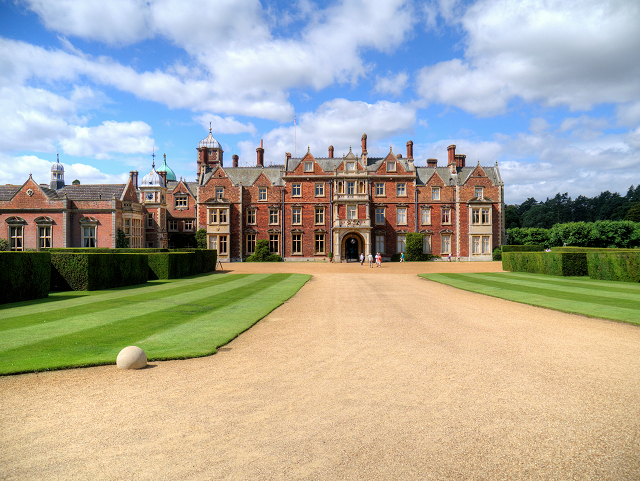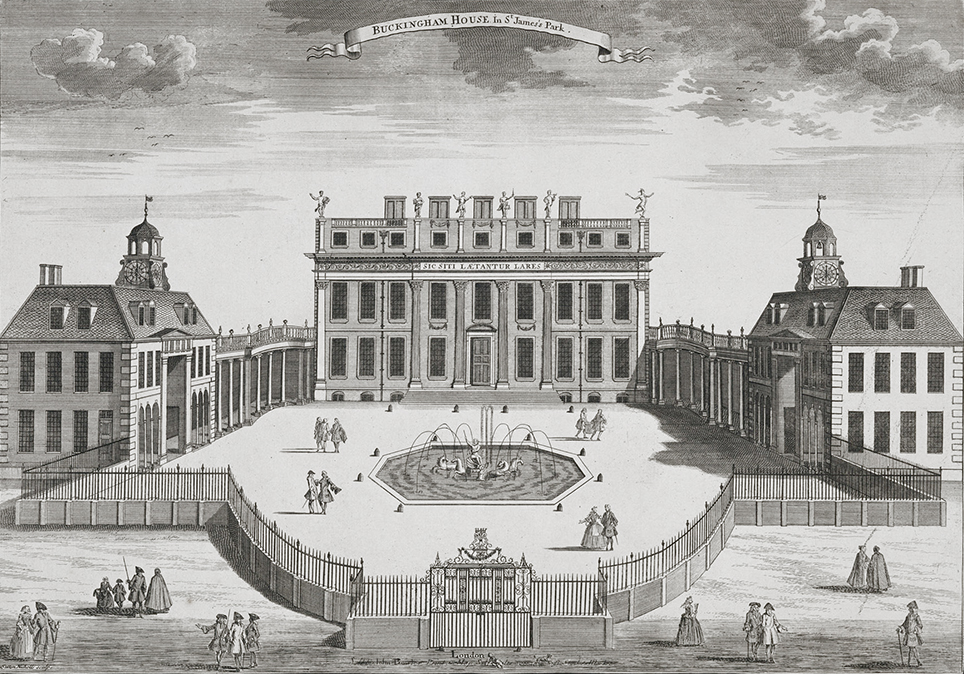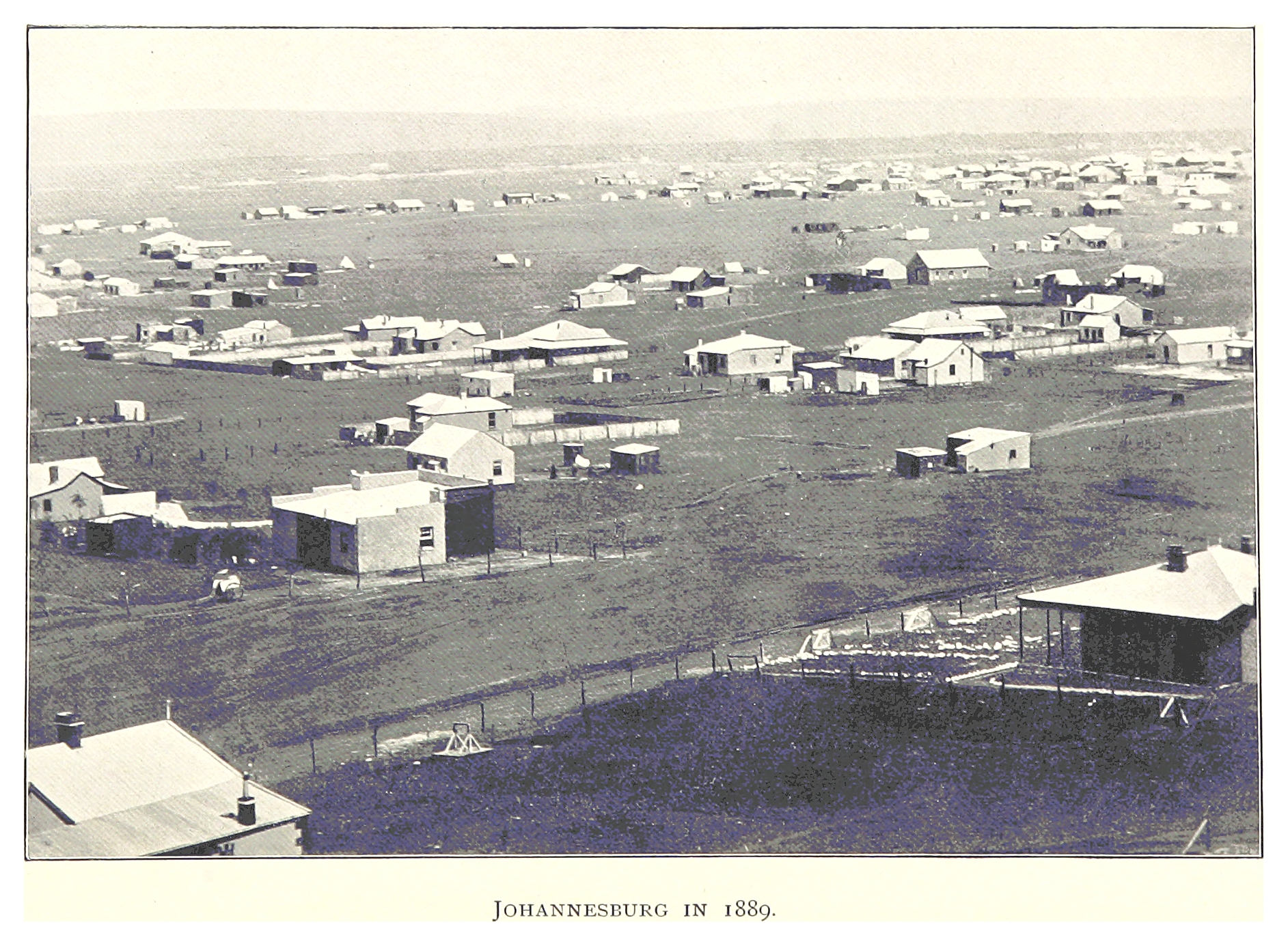|
Cullinan Diamond
The Cullinan Diamond is the largest gem-quality rough diamond ever found,Scarratt and Shor, p. 120. weighing , discovered at the Premier No.2 mine in Cullinan, South Africa, on 26 January 1905. It was named after Thomas Cullinan, the owner of the mine. In April 1905, it was put on sale in London, but despite considerable interest, it was still unsold after two years. In 1907, the Transvaal Colony government bought the Cullinan and Prime Minister Louis Botha presented it to Edward VII. It was then cut by Joseph Asscher & Co. in Amsterdam. Cullinan produced stones of various cuts and sizes, the largest of which is named Cullinan I, and named the Great Star of Africa by Edward VII, and at it is the largest clear cut diamond in the world. The stone is mounted in the head of the Sovereign's Sceptre with Cross. The second-largest is Cullinan II or the Second Star of Africa, weighing , mounted in the Imperial State Crown. Both are part of the Crown Jewels of the Un ... [...More Info...] [...Related Items...] OR: [Wikipedia] [Google] [Baidu] |
Premier Mine
The Premier Mine is an underground diamond mine owned by Petra Diamonds in the town of Cullinan, Gauteng, Cullinan, east of Pretoria, Gauteng Province, South Africa. Established in 1902, it was renamed the Cullinan Diamond Mine in November 2003 in celebration of its centenary. The mine is a carrot-shaped volcanic pipe and has a surface area of . The mine rose to prominence in 1905, when the Cullinan Diamond – the largest rough diamond of gem quality ever found – was discovered there. The mine has produced over 750 stones that are greater than and more than a quarter of all the world's diamonds that are greater than . It is also the only significant source of blue diamonds in the world. Notable discoveries The Cullinan Diamond is the largest rough gem-quality diamond ever found, at . It was found by Frederick Wells, surface manager of the Premier Diamond Mining Company in Cullinan, Gauteng, South Africa, on 25 January 1905. The stone was named after Sir Thomas Cullina ... [...More Info...] [...Related Items...] OR: [Wikipedia] [Google] [Baidu] |
Brilliant (diamond Cut)
A brilliant is a diamond or other gemstone cut in a particular form with 57-58 facets so as to have exceptional brilliance. The word 'brilliant' is also used for a diamond cut in this fashion. The underside is conical, a shape that provides maximal light return through the top of the diamond. Even with modern techniques, the cutting and polishing of a diamond crystal always results in a dramatic loss of weight; rarely is this loss less than 50%. The round brilliant cut is preferred when the crystal is an octahedron, as often two stones may be cut from one such crystal. Oddly-shaped crystals such as macles are more likely to be cut in a '' fancy cut''—that is, a cut other than the round brilliant—which the particular crystal shape lends itself to. Origin and etymology The earliest diamond cutting techniques were simply to polish the natural shape of rough diamonds, often octahedral crystals. Around the 1500s, polishing and cutting inventions made it possible to shape diamond ... [...More Info...] [...Related Items...] OR: [Wikipedia] [Google] [Baidu] |
Sandringham House
Sandringham House is a country house in the parish of Sandringham, Norfolk, England. It is one of the royal residences of Charles III, whose grandfather, George VI, and great-grandfather, George V, both died there. The house stands in a estate in the Norfolk Coast Area of Outstanding Natural Beauty. The house is listed as Grade II* and the landscaped gardens, park and woodlands are on the National Register of Historic Parks and Gardens. The site has been occupied since Elizabethan times, when a large manor house was constructed. This was replaced in 1771 by a Georgian mansion for the owners, the Hoste Henleys. In 1836 Sandringham was bought by John Motteux, a London merchant, who already owned property in Norfolk and Surrey. Motteux had no direct heir, and on his death in 1843, his entire estate was left to Charles Spencer Cowper, the son of Motteux's close friend Emily Temple, Viscountess Palmerston. Cowper sold the Norfolk and the Surrey estates and embarked on rebui ... [...More Info...] [...Related Items...] OR: [Wikipedia] [Google] [Baidu] |
Winston Churchill
Sir Winston Leonard Spencer Churchill (30 November 1874 – 24 January 1965) was a British statesman, military officer, and writer who was Prime Minister of the United Kingdom from 1940 to 1945 (Winston Churchill in the Second World War, during the Second World War) and again from 1951 to 1955. For some 62 of the years between 1900 and 1964, he was a Member of Parliament (United Kingdom), member of parliament (MP) and represented a total of five Constituencies of the Parliament of the United Kingdom, constituencies over that time. Ideologically an adherent to economic liberalism and imperialism, he was for most of his career a member of the Conservative Party (UK), Conservative Party, which he led from 1940 to 1955. He was a member of the Liberal Party (UK), Liberal Party from 1904 to 1924. Of mixed English and American parentage, Churchill was born in Oxfordshire into the wealthy, aristocratic Spencer family. He joined the British Army in 1895 and saw action in British R ... [...More Info...] [...Related Items...] OR: [Wikipedia] [Google] [Baidu] |
Henry Campbell-Bannerman
Sir Henry Campbell-Bannerman ( né Campbell; 7 September 183622 April 1908) was a British statesman and Liberal Party politician who was Prime Minister of the United Kingdom from 1905 to 1908 and Leader of the Liberal Party from 1899 to 1908. He also was Secretary of State for War twice, in the cabinets of Gladstone and Rosebery. He was the first First Lord of the Treasury to be officially called the "Prime Minister", the term only coming into official usage five days after he took office. He remains the only person to date to hold the positions of Prime Minister and Father of the House at the same time, and the last Liberal leader to gain a UK parliamentary majority. Known colloquially as "CB", Campbell-Bannerman firmly believed in free trade, Irish Home Rule and the improvement of social conditions, including reduced working hours. A. J. A. Morris, in the ''Oxford Dictionary of National Biography'', called him "Britain's first and only Radical prime minister". A. J. A. M ... [...More Info...] [...Related Items...] OR: [Wikipedia] [Google] [Baidu] |
Buckingham Palace
Buckingham Palace () is a royal official residence, residence in London, and the administrative headquarters of the monarch of the United Kingdom. Located in the City of Westminster, the palace is often at the centre of state occasions and royal hospitality. It has been a focal point for the British people at times of national rejoicing and mourning. Originally known as Buckingham House, the building at the core of today's palace was a large townhouse (Great Britain), townhouse built for the John Sheffield, 1st Duke of Buckingham and Normanby, Duke of Buckingham and Normanby in 1703 on a site that had been in private ownership for at least 150 years. It was acquired by George III in 1761 as a private residence for Charlotte of Mecklenburg-Strelitz, Queen Charlotte and became known as The Queen's House. During the 19th century it was enlarged by architects John Nash (architect), John Nash and Edward Blore, who constructed three wings around a central courtyard. Buckingham Pala ... [...More Info...] [...Related Items...] OR: [Wikipedia] [Google] [Baidu] |
RMS Kenilworth Castle (1903)
RMS ''Kenilworth Castle'' was a British Passenger ship that served for the Union-Castle Line until its scrapping in 1937. It also served as a troop transport during the First World War. This was also the last ship ''Titanic''-lookout Reginald Lee served on before his death in 1913. Construction ''Kenilworth Castle'' was built at the Harland & Wolff shipyard in Belfast, United Kingdom and launched on 15 December 1903 before being completed on 19 May 1904. The ship was long and had a beam of . It was assessed at and had 2 x 4 Cyl steam engines driving two screw propellers. The ship could reach a speed of 17.5 knots. It had a sistership named Armandale Castle and were the first mail steamers ordered by the newly merged Union-Castle Line. Career ''Kenilworth Castle'' mainly served on the Union-Castle line's mail service between Southampton, United Kingdom and Cape Town, South Africa. At the outbreak of World War I in August 1914, ''Kenilworth Castle'' was requisitioned by the A ... [...More Info...] [...Related Items...] OR: [Wikipedia] [Google] [Baidu] |
Johannesburg
Johannesburg ( , , ; Zulu language, Zulu and Xhosa language, Xhosa: eGoli ) (colloquially known as Jozi, Joburg, Jo'burg or "The City of Gold") is the most populous city in South Africa. With 5,538,596 people in the City of Johannesburg alone and over 14.8 million in the urban agglomeration, it is classified as a Megacity#List of megacities, megacity and List of urban areas by population, one of the 100 largest urban areas in the world. Johannesburg is the provinces of South Africa, provincial capital of Gauteng, the wealthiest province in South Africa, and seat of the country's highest court, the Constitutional Court of South Africa, Constitutional Court. The city is located within the mineral-rich Witwatersrand hills, the epicentre of the international mineral and gold trade. The richest city in Africa by GDP and private wealth, Johannesburg functions as the economic capital of South Africa and is home to the continent's largest stock exchange, the Johannesburg Stock Exchang ... [...More Info...] [...Related Items...] OR: [Wikipedia] [Google] [Baidu] |
Standard Bank (historic)
The Standard Bank was a British overseas bank, which operated mainly in Africa from 1863 to 1969. It merged with the Chartered Bank in 1969 to form Standard Chartered. History The bank was incorporated in London on 15 October 1862 as Standard Bank of British South Africa. It was formed by a group of South African businessmen led by John Paterson. The bank started operations in 1863 in Port Elizabeth, South Africa, and soon after opening it merged with several other banks including the Commercial Bank of Port Elizabeth, the Colesberg Bank, the British Kaffrarian Bank and the Fauresmith Bank. It was prominent in financing and development of the diamond fields of Kimberley in 1867. In reflection to the growth of its branch network and expansion outside British controlled regions, the bank dropped the word "British" from its title and adopted the name Standard Bank of South Africa Limited in 1881. When gold was discovered on the Witwatersrand, the bank expanded northwards a ... [...More Info...] [...Related Items...] OR: [Wikipedia] [Google] [Baidu] |
Newton's Rings
Newton's rings is a phenomenon in which an interference pattern is created by the reflection of light between two surfaces, typically a spherical surface and an adjacent touching flat surface. It is named after Isaac Newton, who investigated the effect in 1666. When viewed with monochromatic light, Newton's rings appear as a series of concentric, alternating bright and dark rings centered at the point of contact between the two surfaces. When viewed with white light, it forms a concentric ring pattern of rainbow colors because the different wavelengths of light interfere at different thicknesses of the air layer between the surfaces. History The phenomenon was first described by Robert Hooke in his 1665 book ''Micrographia''. Its name derives from the mathematician and physicist Sir Isaac Newton, who studied the phenomenon in 1666 while sequestered at home in Lincolnshire in the time of the Great Plague that had shut down Trinity College, Cambridge. He recorded his observations ... [...More Info...] [...Related Items...] OR: [Wikipedia] [Google] [Baidu] |
Jagersfontein Mine
Jagersfontein Mine was an open-pit mine in South Africa, located close to the town of Jagersfontein and about south-west of Bloemfontein."Jagersfontein Mine, Jagersfontein, Free State Province, South Africa" Mindat.org , Places.co.za Since it was first established,Jagersfontein entry '''' [...More Info...] [...Related Items...] OR: [Wikipedia] [Google] [Baidu] |








